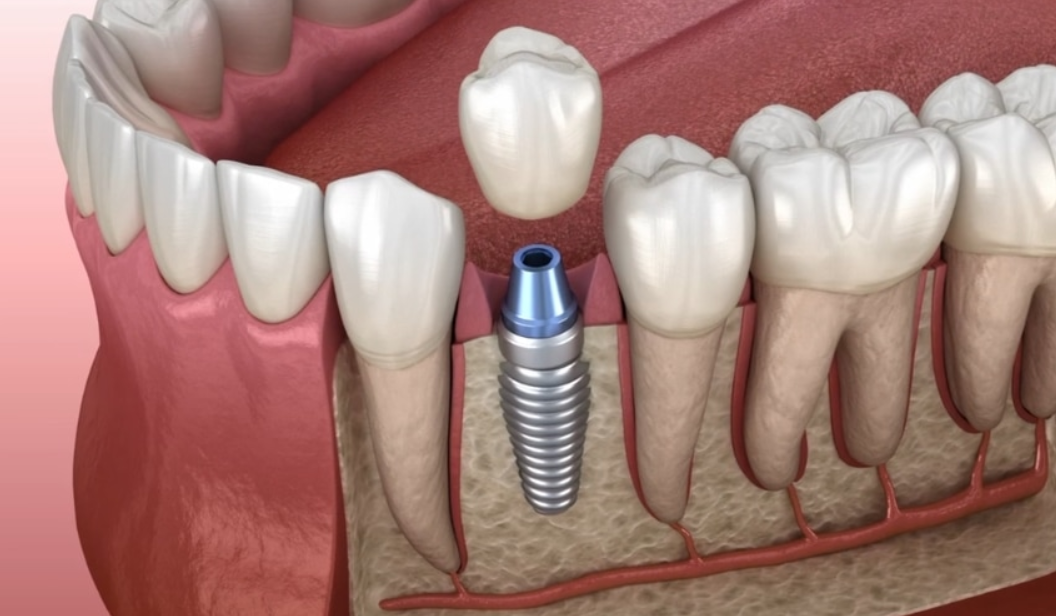Understanding Dental Implants
Dental implants have emerged as a fundamental element in contemporary dentistry, offering hope to individuals with tooth loss. They act as a long-lasting and realistic alternative that can rebuild self-assurance and utility. For instance, Georgetown TX dental implants offer a state-of-the-art solution replicating real teeth’ look and feel. The key to their effectiveness is osseointegration, a biological process in which the implant bonds with the jawbone, resembling the root of a natural tooth. This integration provides a secure base for prosthetic teeth, preventing the shifting or slipping associated with dentures.
Types of Dental Implants
The dental implant landscape is rich, with options tailored to meet varied needs. Endosteal implants are the most commonly used, shaped like small screws and surgically placed directly into the jawbone. These are perfect for individuals with adequate bone density. For those with insufficient bone height, subperiosteal implants, which rest under the gum but above the jawbone, provide an excellent alternative. In cases where bone loss is extensive, zygomatic implants are used, anchoring into the cheekbone rather than the jawbone, offering a solution even when conventional implants aren’t viable. All on 4 dental implants Austin involve a detailed dental assessment to ensure the best fit and outcome.
Candidacy for Dental Implants
Determining candidacy for dental implants is an essential preliminary step. Prospective patients must have healthy gums and a robust jawbone adequate to support the implant. Chronic health conditions like diabetes, lifestyle factors like smoking, and the presence of periodontal disease can influence eligibility. Such factors don’t permanently disqualify a patient but require careful management before proceeding. Pre-surgical interventions, such as bone grafting, can address bone insufficiencies. Seeking advice from a dental expert is essential for understanding these dynamics and carving a path toward a successful implant procedure.
Your Journey Through The Implant Procedure
Getting dental implants involves multiple stages, each essential to the outcome. It starts with a thorough dental assessment and a tailored treatment strategy, considering individual dental structures and health conditions. The surgical stage entails inserting the implant into the jawbone using local anesthesia, occasionally enhanced with sedation for extra comfort. The following healing period is crucial; during this time, osseointegration occurs, anchoring the implant firmly in place. This process can take several months, but it’s a critical phase that ensures the longevity and stability of the implant. The journey culminates with the placement of a custom-made crown designed to blend with existing teeth, completing the restoration process seamlessly.
Post-Procedure Care and Recovery
Post-procedure care is pivotal to the success and durability of dental implants. Maintaining strict oral hygiene is essential to prevent infections and ensure proper healing. Brushing and flossing should be part of the daily routine, alongside using antiseptic mouthwashes as the dentist recommends. Following dietary guidelines, which often recommend soft foods initially, can aid in minimizing stress on the new implant. Scheduled follow-up visits enable the dentist to oversee healing progress, promptly address concerns, and provide professional cleanings. With diligent care, dental implants can offer a lifetime of service without the pitfalls associated with other tooth replacement options.
Advancements in Dental Technology
Due to technological innovations, the field of dental implants has seen remarkable advancements. Tools such as 3D imaging and computer-guided surgery have dramatically increased implant placement precision. These technologies have reduced the margin of error, resulting in increased success rates and enhanced patient experiences. Integrating these technologies into dental practices enhances the predictability of outcomes, broadening the candidate pool by making complex cases manageable. This technological evolution underscores a commitment to offering patients safe and effective options for tooth replacement.
Financial Considerations
The financial aspect of dental implants requires careful consideration. Costs can vary widely based on the type of implant, the complexity of the procedure, and geographical factors. It’s crucial to have a comprehensive understanding of the financial commitment involved, which often covers initial consultations, imaging studies, surgical fees, and post-operative care. Numerous dental practices provide adaptable payment options, and some insurance plans offer partial coverage, helping to alleviate some financial burdens. Engaging in detailed discussions with the dental provider and insurance company can clarify and facilitate planning.
Consulting with Experts
Navigating the journey to dental implants starts with consulting seasoned experts. Such consultations are more than mere assessments; they provide a platform for patients to voice concerns and understand the nuances of the procedure. The role of certified dental professionals is to guide patients through each step of the process, from initial evaluations to post-procedure care. By offering personalized treatment plans and employing the latest technologies, experts ensure that each patient’s path to dental restoration is as smooth and effective as possible.

